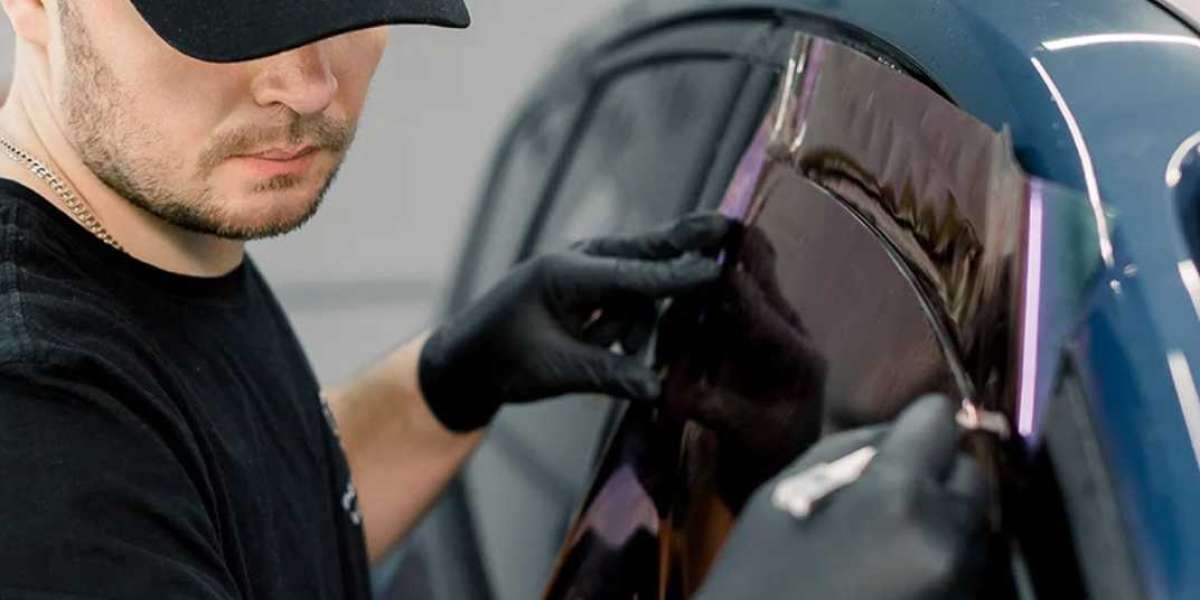Keeping your car in pristine condition isn't just about aesthetics—it's also about preserving value, protecting your investment, and reducing the need for costly repairs or repaints. One of the most effective ways to achieve a flawless, scratch-free surface is through the application of PPF, or Paint Protection Film. Whether you're a car enthusiast or simply want to keep your vehicle looking newer for longer, understanding the benefits and workings of PPF can help you make a smart decision for your car’s exterior.
What Is PPF?
PPF, short for Paint Protection Film, is a transparent, ultra-thin urethane material applied to the painted surfaces of your vehicle. Originally developed for military use, it has evolved into a high-tech product widely adopted in the automotive industry. The film is designed to act as a shield against common sources of paint damage, including rock chips, road debris, bug splatter, tree sap, and even minor abrasions.
What makes PPF particularly appealing is its self-healing properties. Modern versions of the film can recover from minor scratches and swirl marks when exposed to heat—such as sunlight or warm water—maintaining a smooth, unblemished finish over time.
Why a Scratch-Free Finish Matters
Maintaining a scratch-free surface goes beyond cosmetics. Scratches, no matter how small, compromise the integrity of your car’s paint and can lead to corrosion over time. This is especially problematic in regions with high humidity or salty air, where rust can develop rapidly once the protective layer is breached. A vehicle with a well-maintained exterior also holds higher resale value, as first impressions matter significantly to potential buyers.
PPF works as an invisible barrier, absorbing impacts and preventing damage from reaching the paint beneath. Unlike wax or ceramic coatings—which primarily repel water and contaminants—PPF physically blocks abrasive objects and resists deeper scratches.
Benefits of Installing PPF
Choosing to install PPF offers several practical and aesthetic advantages:
1. Superior Scratch Protection
As the primary benefit, PPF significantly reduces the risk of scratches and rock chips. This is particularly important for high-impact zones like the front bumper, hood, fenders, and side mirrors—areas most vulnerable during everyday driving.
2. Self-Healing Technology
One of the standout features of modern PPF is its self-healing capability. Minor surface imperfections like swirl marks or light scratches disappear with exposure to heat. This keeps your car looking newer for longer without needing frequent polishing or touch-ups.
3. UV Resistance
PPF protects your paint from UV damage, which can cause fading and discoloration over time. The film filters out harmful rays, preserving your car’s original color and gloss.
4. Hydrophobic Surface
Many PPF products have a top coat that adds hydrophobic properties, making it easier to wash off dirt, mud, and grime. This not only keeps the vehicle cleaner but also reduces the frequency and effort needed for detailing.
5. Preservation of Resale Value
A scratch-free exterior enhances a vehicle’s resale value. Buyers are more inclined to pay a premium for a car that appears well-maintained, especially when it's protected by PPF.
Is PPF Right for You?
While PPF offers substantial protection, it does come with a cost. Depending on the vehicle type, coverage area, and installer, a full wrap can range from a few hundred to several thousand dollars. However, for many vehicle owners—especially those with luxury or performance cars—the investment pays off by reducing long-term paint repair and boosting resale value.
PPF is ideal if:
You frequently drive in areas with loose gravel or construction zones.
You live in harsh climates with lots of sun, snow, or salt exposure.
You own a high-end or new vehicle and want to keep it in showroom condition.
You want to reduce the need for repainting and polishing.
Choosing a Professional Installer
The performance of PPF heavily depends on the quality of the installation. Bubbles, misalignments, or debris trapped under the film can ruin the protective and visual effect. Therefore, it's critical to choose a certified, experienced installer with a good reputation. Look for shops that offer warranties, use high-quality film brands like XPEL, SunTek, or 3M, and provide post-installation care instructions.
You might also consider partial vs. full coverage based on your budget. Common packages include only high-impact areas, while full wraps protect every painted surface of the vehicle.
Maintaining Your PPF
After installation, caring for your PPF-wrapped vehicle is relatively straightforward:
Wait at least 48 hours before washing to allow the adhesive to cure fully.
Use pH-balanced, non-abrasive car shampoos.
Avoid automatic car washes with stiff brushes.
Use microfiber towels for drying and detailing.
If needed, apply a PPF-safe ceramic coating for added gloss and protection.
Proper maintenance will ensure the film lasts its full lifespan—typically 5 to 10 years—without yellowing or peeling.
Conclusion
If you're looking to maintain a scratch-free finish and preserve your car’s appearance for years, PPF is one of the best investments you can make. Not only does it protect your vehicle from everyday hazards, but it also reduces maintenance time, improves resale value, and gives you peace of mind every time you hit the road. While the upfront cost may seem steep, the long-term savings and aes








